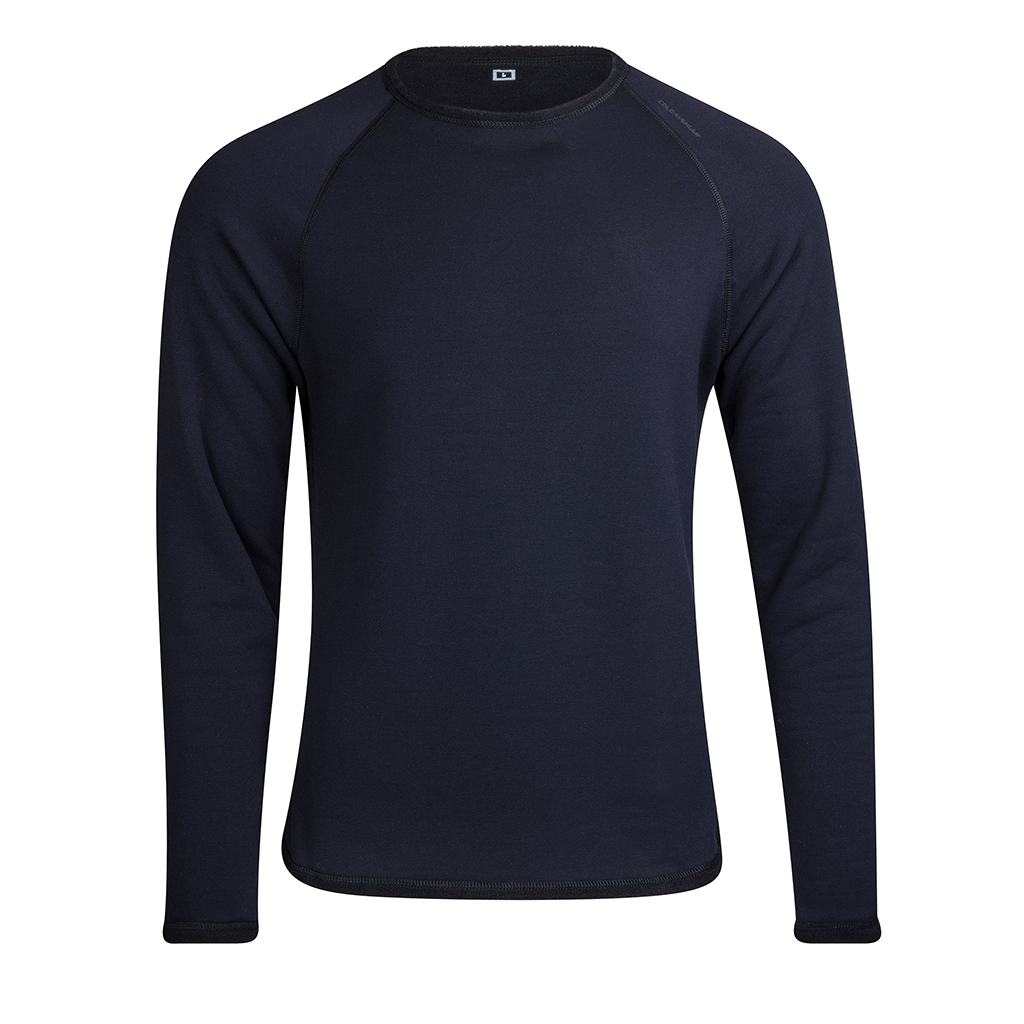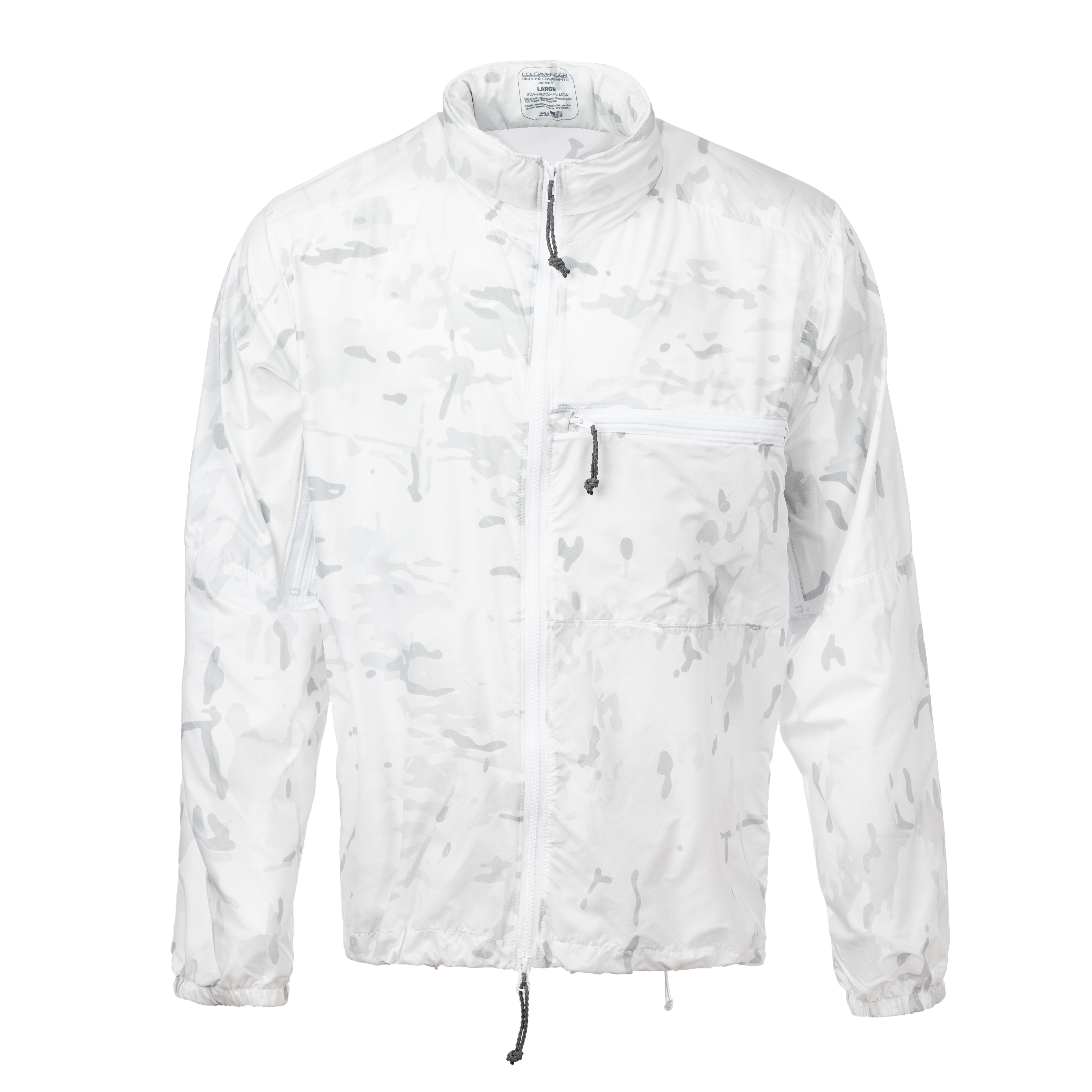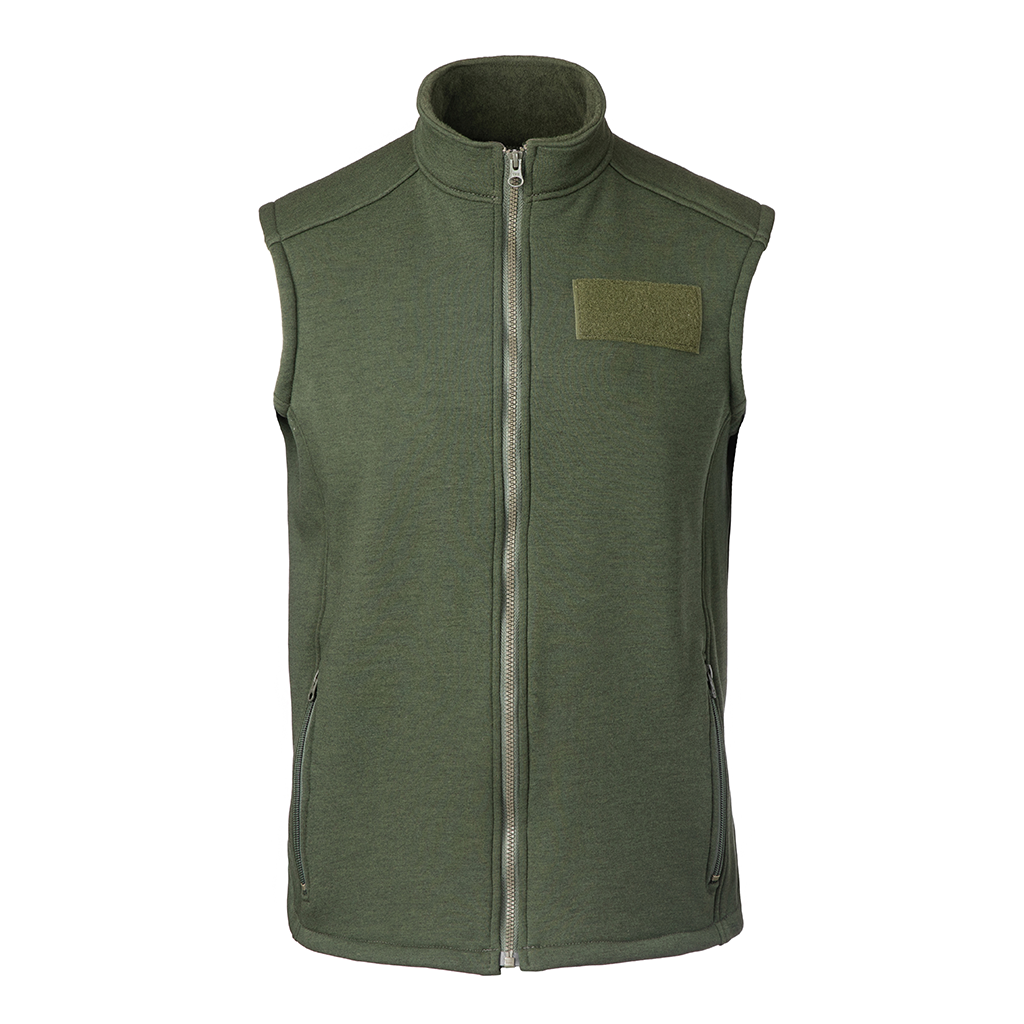Cold weather running requires the proper apparel for staying warm and protecting your health. When selecting cold weather gear don’t neglect your face and airways.
Running increases the depth and rate of ventilation resulting in a physiologic shift from nose breathing at rest to combined nose-and-mouth breathing. Since the nose helps protect the airways from cold dry air by serving as a heat and moisture exchanger, running bypasses this protection and allows cold dry air to penetrate deeper into the airways. Relative to the respiratory tract’s moisture, cold air is always dry and a shift from nose to more mouth breathing exposes the moist airway to the dehydrating and inflammatory effects of cold air. This exposure can trigger respiratory symptoms such as cough, bronchospasm and asthma.
Runners may also be unaware that facial skin exposure to cold air lone is enough to trigger asthma and cough in asthmatics and non-asthmatics even with nasal breathing. The endurance of cold weather running and the extreme of the cold can also affect your health. Moderate exercise, even in the cold, is beneficial for the human body and boosts the immune system. However exhaustive endurance running, particularly in extreme cold, is associated with immunological changes indicative of an inflammatory stress on the body that are associated with susceptibility to viral infections.
A counter measure for decreasing the occurrence of cold related adverse airway health effects and decreased athletic performance, whether engaged in moderate or endurance running, is to protect your face while increasing the warmth and humidity of inhaled air with minimal airway resistance when breathing rates are high. Such protection also supports your core body temperature in extreme cold exposure.
Running increases the depth and rate of ventilation resulting in a physiologic shift from nose breathing at rest to combined nose-and-mouth breathing. Since the nose helps protect the airways from cold dry air by serving as a heat and moisture exchanger, running bypasses this protection and allows cold dry air to penetrate deeper into the airways. Relative to the respiratory tract’s moisture, cold air is always dry and a shift from nose to more mouth breathing exposes the moist airway to the dehydrating and inflammatory effects of cold air. This exposure can trigger respiratory symptoms such as cough, bronchospasm and asthma.
Runners may also be unaware that facial skin exposure to cold air lone is enough to trigger asthma and cough in asthmatics and non-asthmatics even with nasal breathing. The endurance of cold weather running and the extreme of the cold can also affect your health. Moderate exercise, even in the cold, is beneficial for the human body and boosts the immune system. However exhaustive endurance running, particularly in extreme cold, is associated with immunological changes indicative of an inflammatory stress on the body that are associated with susceptibility to viral infections.
A counter measure for decreasing the occurrence of cold related adverse airway health effects and decreased athletic performance, whether engaged in moderate or endurance running, is to protect your face while increasing the warmth and humidity of inhaled air with minimal airway resistance when breathing rates are high. Such protection also supports your core body temperature in extreme cold exposure.






